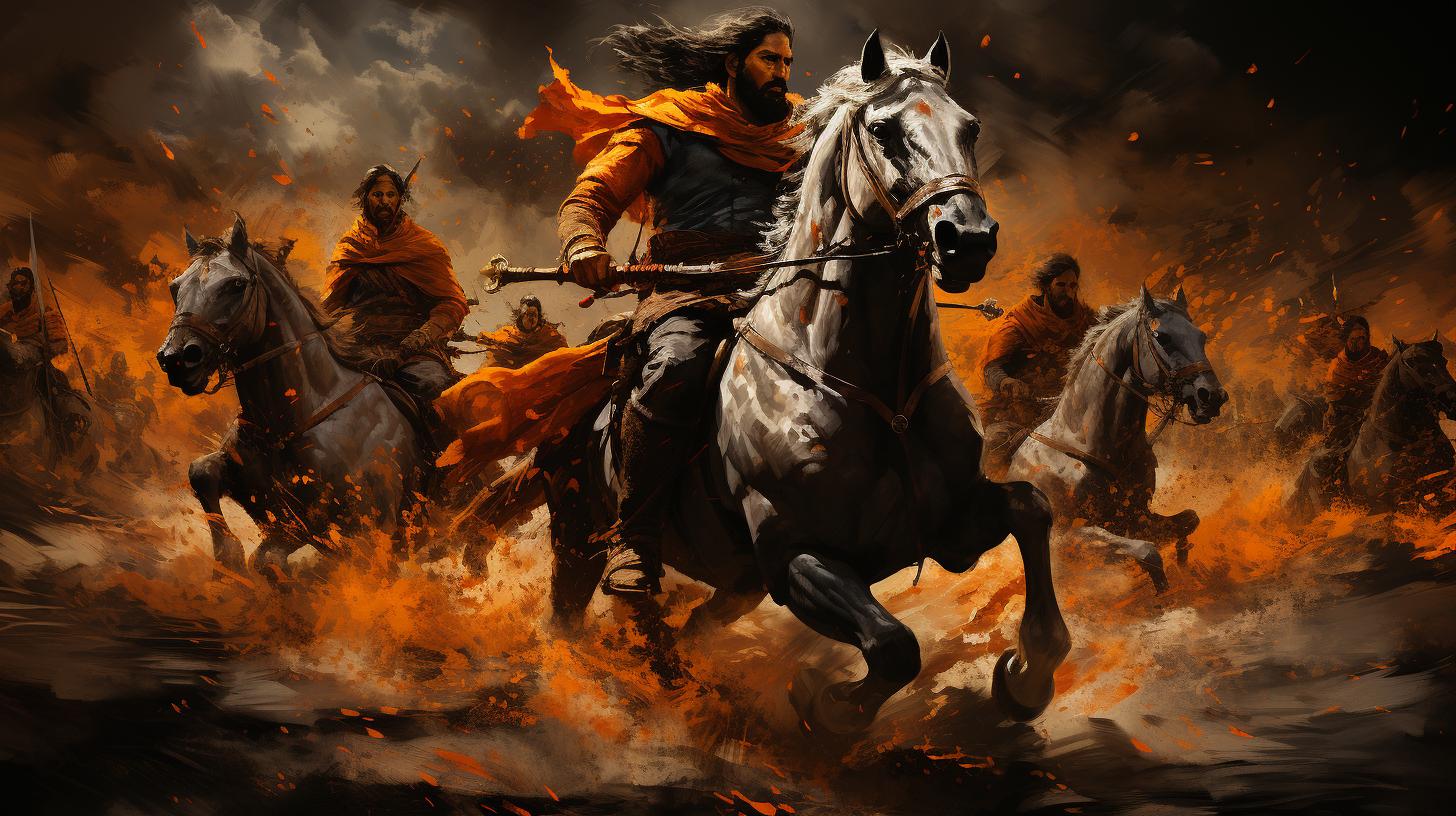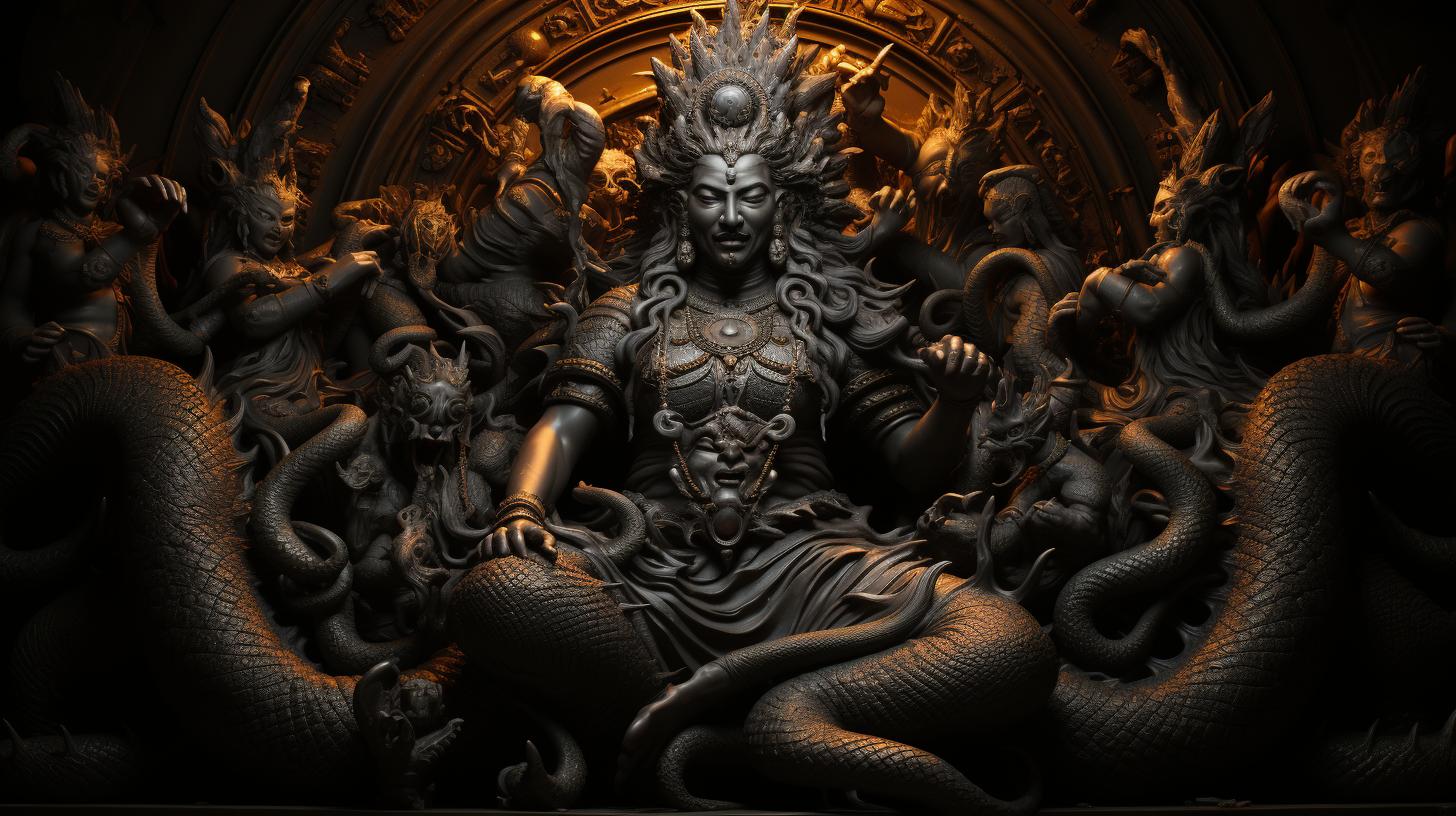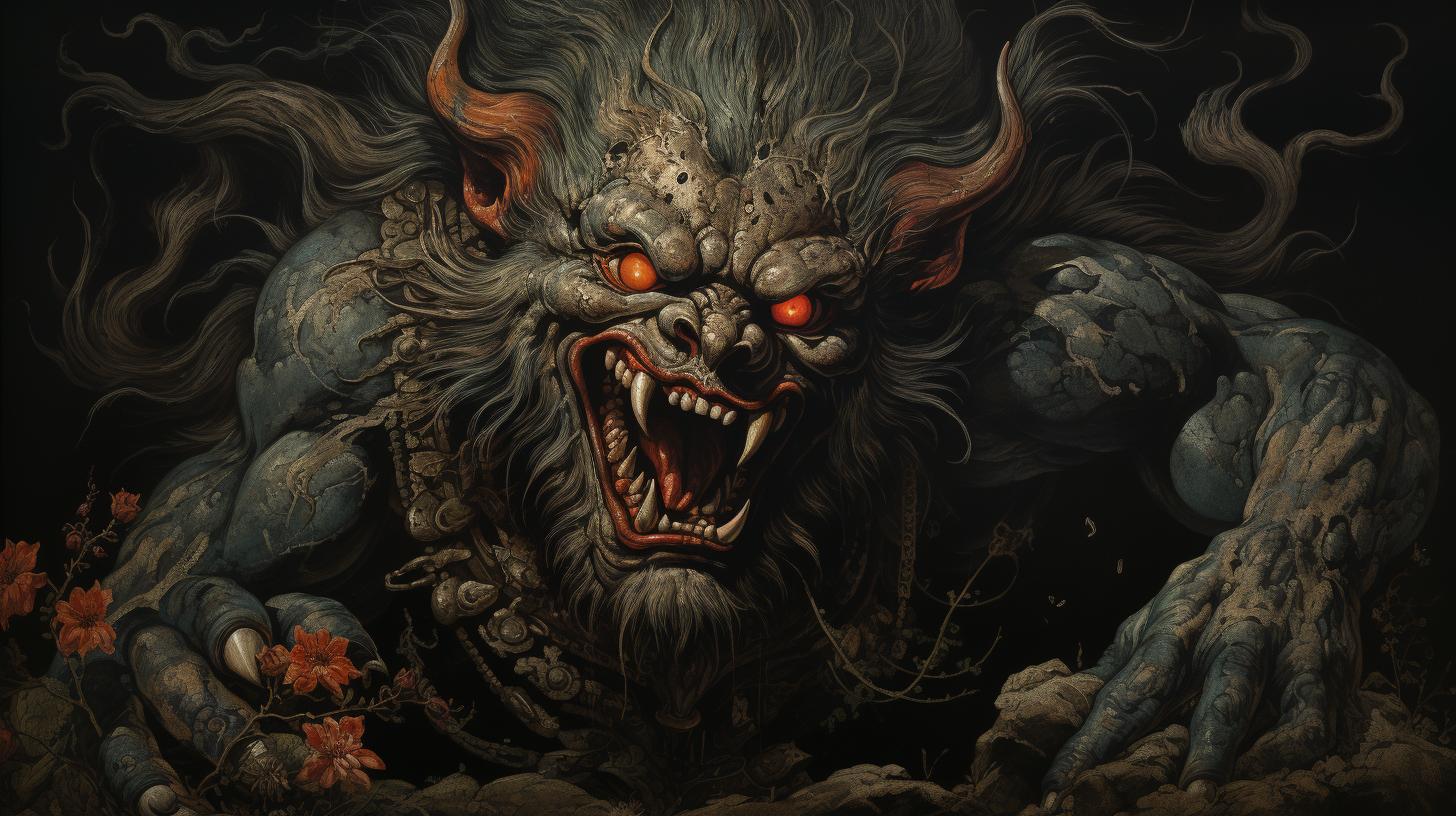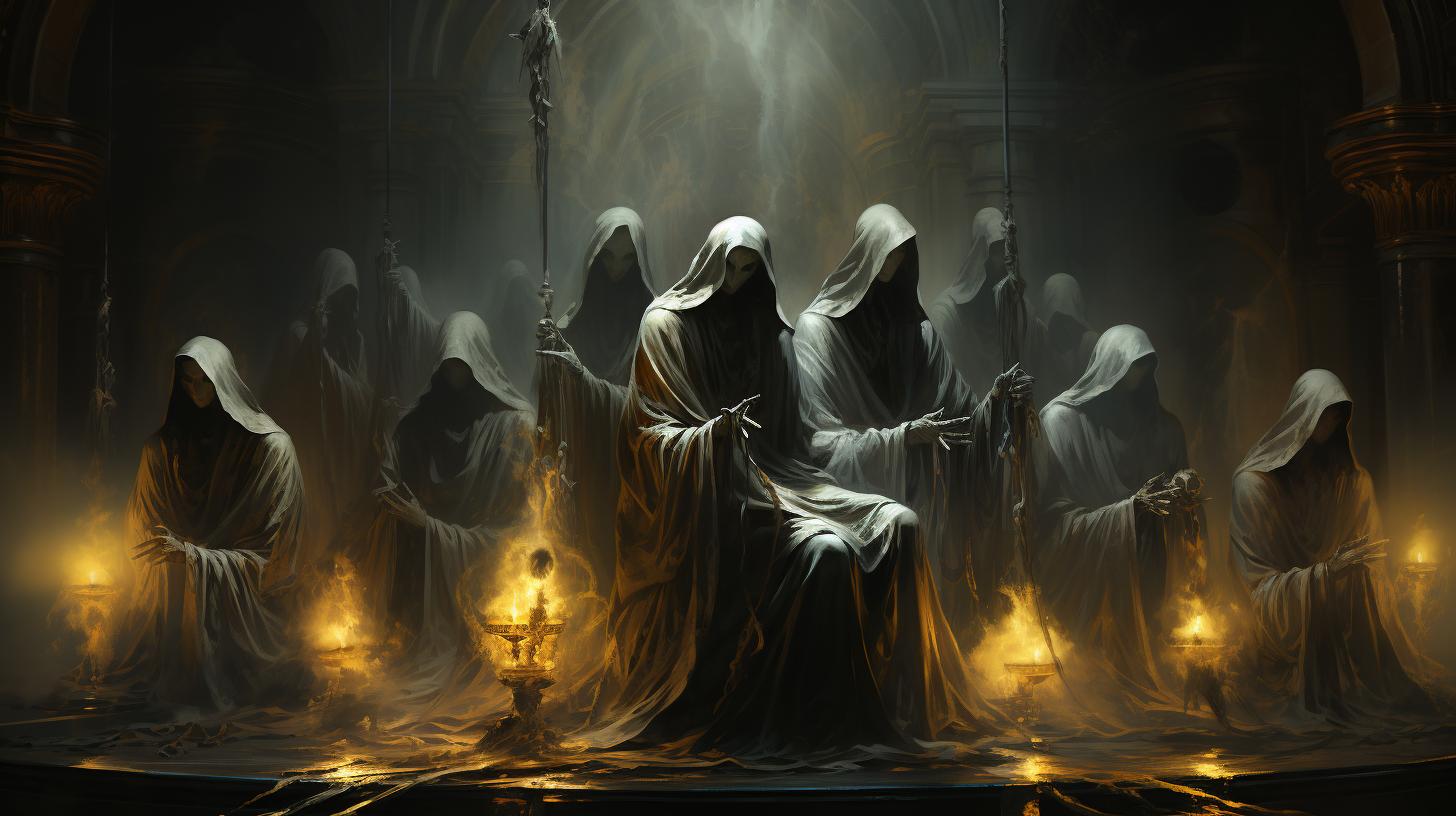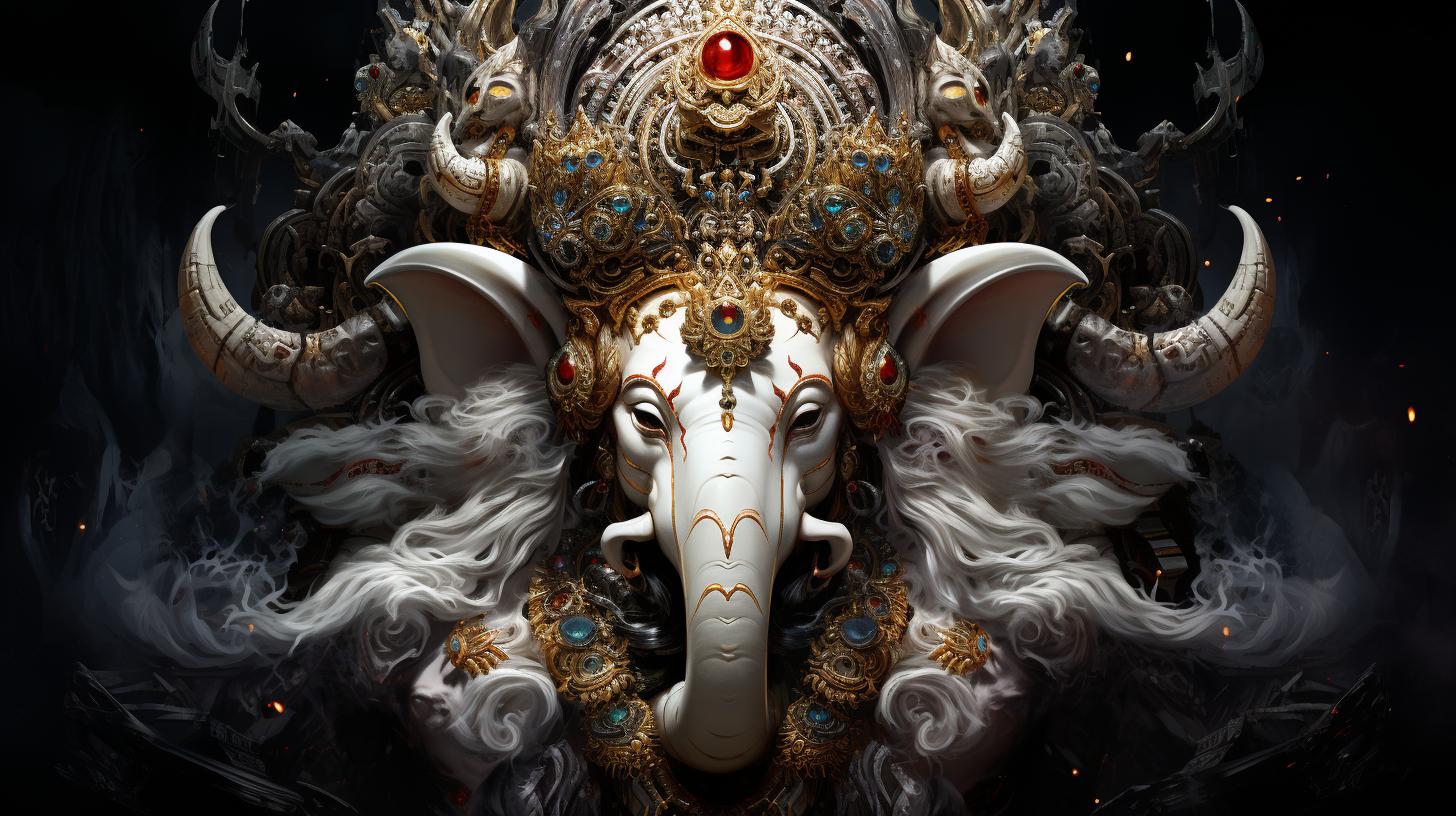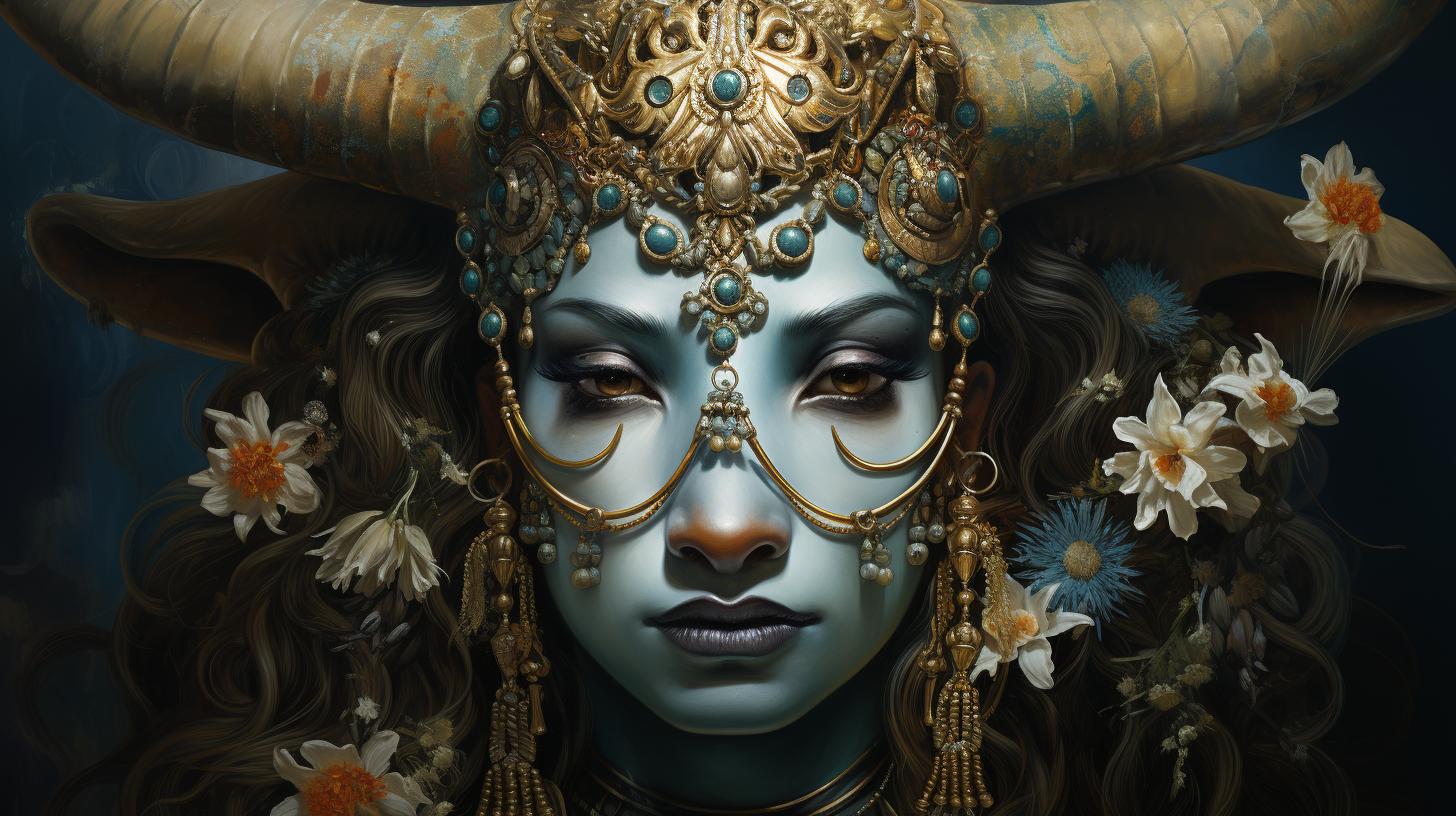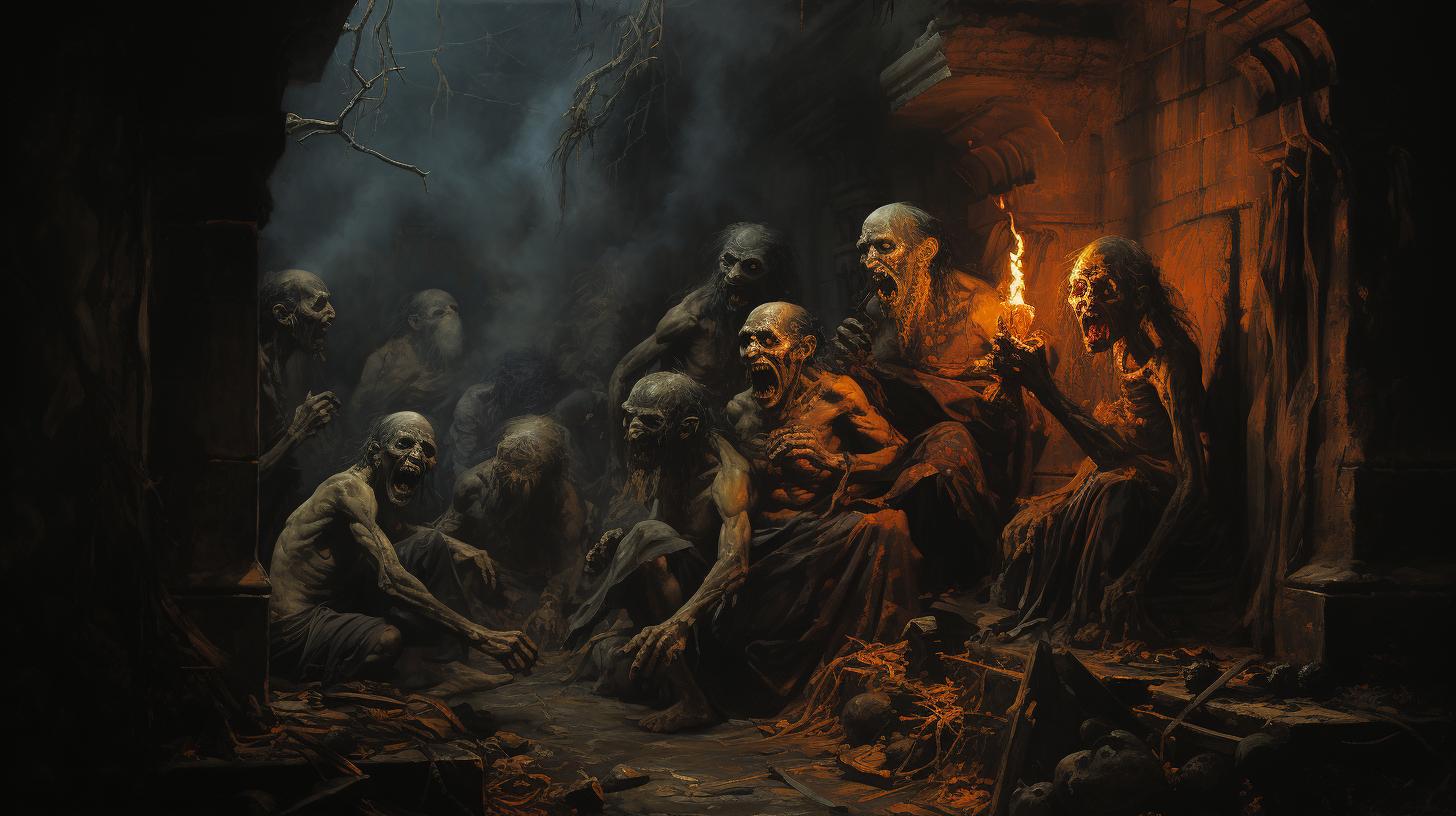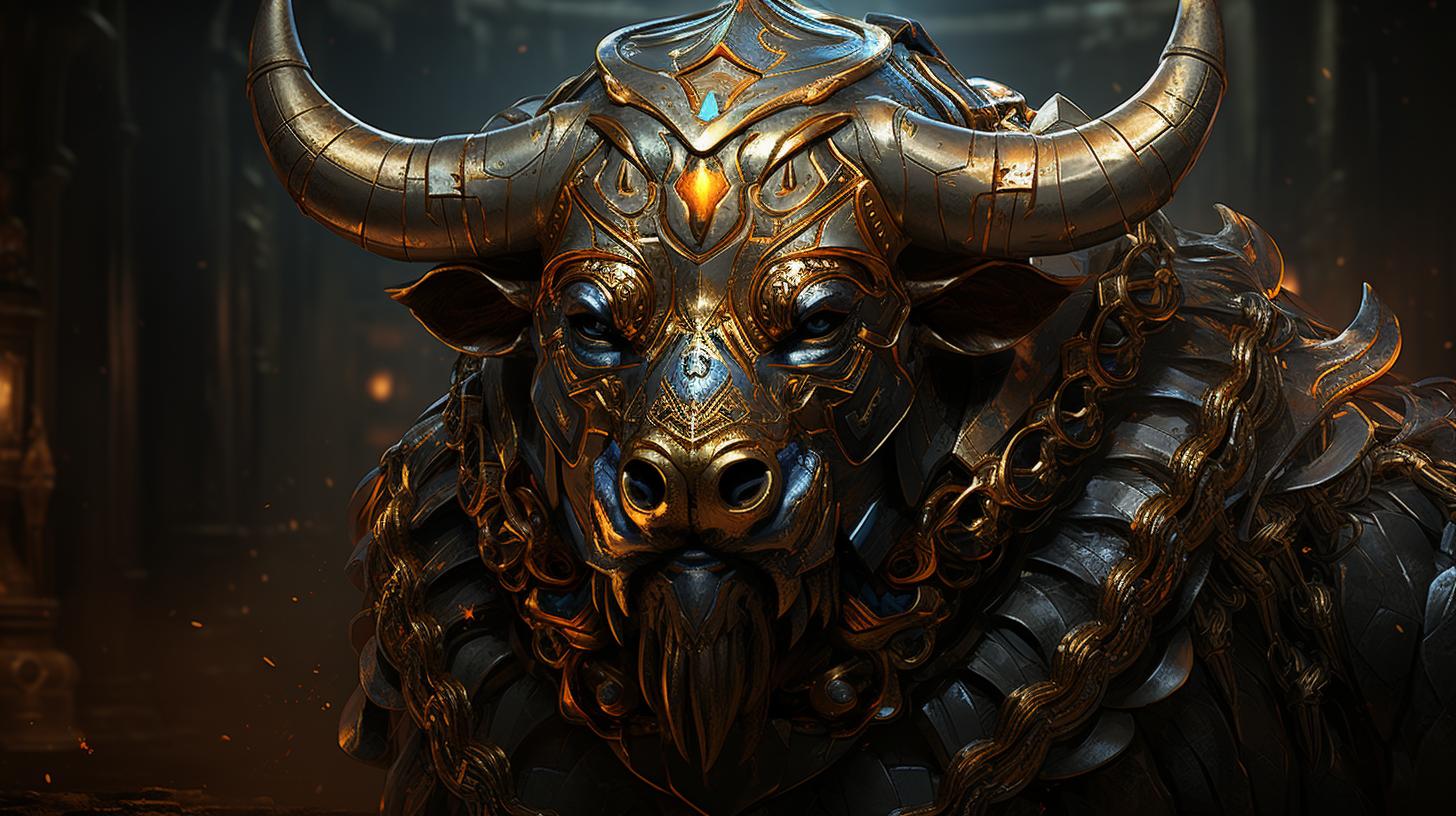Takshaka Snake: A Mythical Tale of Power and Revenge
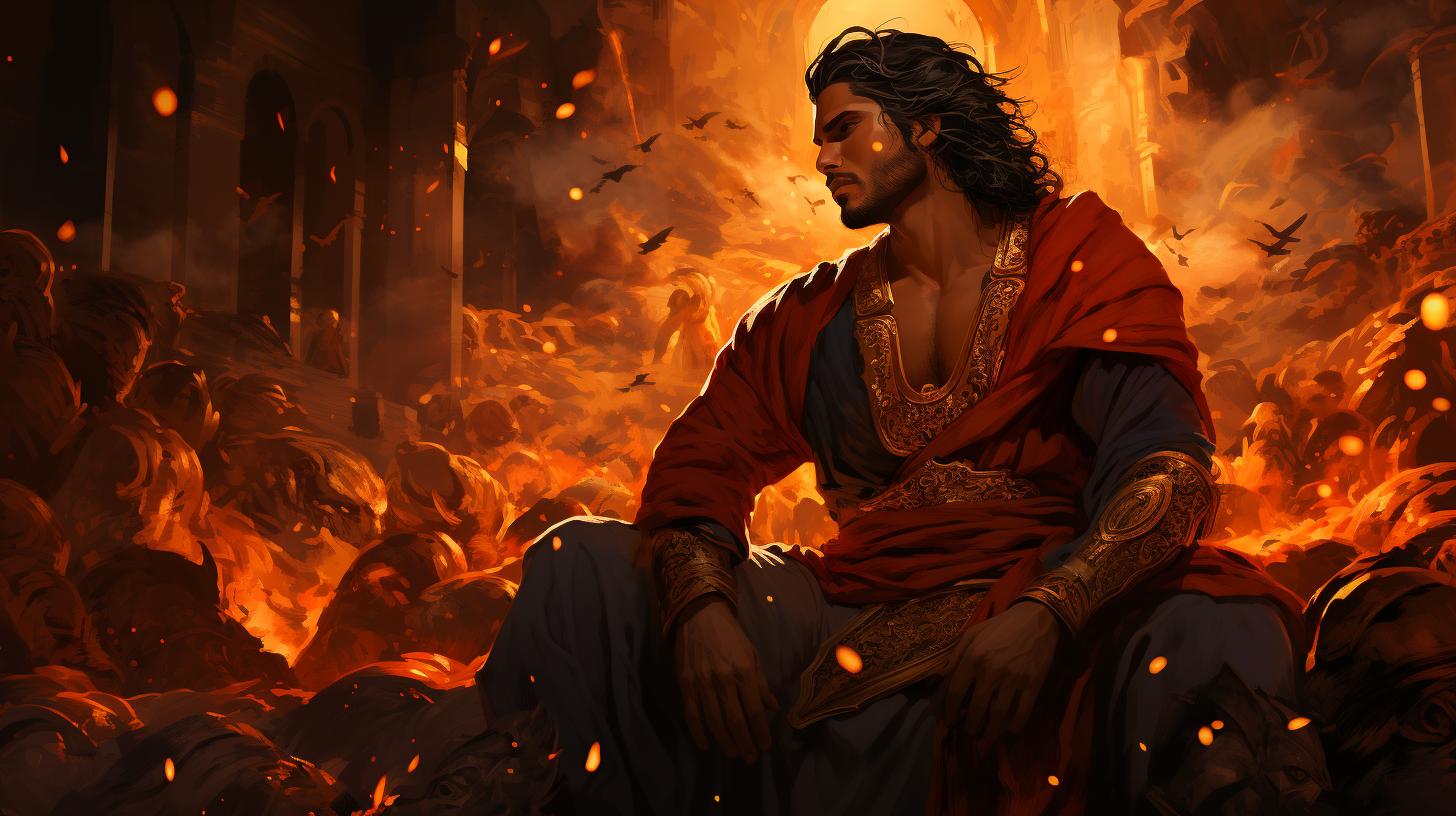
In Hindu mythology, the Takshaka snake is a legendary character known as the king of the Nagas. Exiled by the Pandavas, led by Arjuna, Takshaka seeks revenge and plays a pivotal role in the epic Mahabharata.
His encounter with Arjuna, the curse on Parikshit, and the subsequent war and destruction of Takshasila shape his story. Additionally, Takshaka’s significance extends to literature and popular culture, appearing in books and graphic novels such as ‘The Pandava Quintet’ series.
The Takshaka snake holds a prominent place in Indian mythology.
Takshaka Snake in Hindu Mythology
The Takshaka snake holds a significant place in Hindu mythology, particularly in the epic Mahabharata. It is revered as the king of Nagas, the serpent beings in Indian folklore. Let’s explore the intriguing tale of Takshaka and his role in shaping the mythical narrative.
Takshaka, the King of Nagas
Takshaka is depicted as the powerful and wise ruler of the Nagas. According to the legends, he was a trusted friend of Indra, the king of Devas. The Nagas, including Takshaka, resided in the city of Takshasila until they were exiled by the Pandavas led by Arjuna.
The Exile of Nagas and Takshaka’s Revenge
After their expulsion, Takshaka and his fellow Nagas had to abandon their home in the Khandava forest, where they lived along with tribes like the Pisacha, Rakshasas, Daityas, and Danavas. Arjuna’s actions, fueled by a conflict of interests, led to the burning of the forest and the demise of Takshaka’s wife.
In response to this tragedy, Takshaka relocated to the northwestern region of Kurukshetra and established the famous city of Takshasila, which later became renowned as an ancient university.
- Takshaka, a revered figure among the Nagas
- Exiled from their home in the Khandava forest
- Takshaka’s wife killed in the fire
- Takshaka founds the city of Takshasila
The tale of Takshaka Snake in Hindu mythology further unfolds in subsequent events, including the encounter with Arjuna and the curse on Parikshit.
Stay tuned for the captivating chapters that follow Takshaka’s journey.
The Encounter with Arjuna
The story of Takshaka snake unfolds with a dramatic encounter with Arjuna, one of the Pandavas and a master archer. In this section, we delve into the events surrounding Takshaka’s son’s attack on Arjuna and the subsequent escape of the skilled warrior.
Takshaka’s Son Attacks Arjuna
Filled with grief and anger over the death of his mother, Takshaka’s son, Aswasena, seeks revenge against Arjuna. With his venomous fangs bared, Aswasena launches a lethal assault, aiming to avenge his mother’s demise in the Khandava forest.
However, Arjuna’s prowess and agility prove paramount as he narrowly escapes the deadly encounter.
Arjuna’s Escape and Takshaka’s Grudge
Arjuna’s narrow escape from the clutches of Takshaka’s son fuels Takshaka’s grudge against the Pandava warrior. In this aftermath, tensions between Takshaka and the Pandavas escalate, setting the stage for future conflicts and struggles between the two parties.
The seeds of revenge are sown deep within Takshaka’s heart, intensifying his animosity towards Arjuna and his kin.
The intense encounter with Arjuna not only highlights the resilience and skill of both Takshaka’s son and the mighty warrior but also sets the stage for further confrontations and hostilities in the intricate web of relationships woven within the mythical realm of the Mahabharata.
- Takshaka’s son, Aswasena, seeks revenge against Arjuna for his mother’s death in the Khandava forest.
- Arjuna’s agility and skill allow him to narrowly escape the lethal attack of Aswasena.
- Takshaka’s grudge against Arjuna intensifies following the failed attempt on his life, exacerbating the conflict between the Nagas and the Pandavas.
The Curse on Parikshit
The story of Takshaka snake in Hindu mythology takes a dramatic turn with the curse placed upon Parikshit, the great-grandson of Arjuna.
Parikshit, the ruler of Hastinapur, unknowingly insulted a sage named Samika by placing a dead snake around his neck. Enraged at this disrespectful act, Samika’s son, Sringi, pronounced a curse that would lead to Parikshit’s demise within seven days.
The Mysterious Death of Parikshit
The curse cast a shadow of doom over Parikshit’s reign. Despite his efforts to find a way to escape his fate, Parikshit could not evade his impending death. As the days passed, Parikshit’s fear grew, and he realized the inevitability of his end.
The people of Hastinapur were left in shock and despair, knowing that their beloved king had little time left to live.
Takshaka’s Involvement and the Bribe for Experts
Takshaka, eager to avenge his wife’s death caused by the burning of the Khandava forest, saw an opportunity in Parikshit’s curse. He sought out the renowned serpent experts, who had extensive knowledge in healing snake bites, and bribed them to ensure Parikshit’s demise.
Takshaka’s cunning plan was to exploit the curse and have his revenge against the Pandavas, particularly Arjuna, who was responsible for his wife’s death.
Under Takshaka’s guidance, the serpent experts prepared to strike.
Unbeknownst to Parikshit, a deadly snake was on its way, ready to deliver a fatal bite. The kingdom awaited its fate, hoping for a miracle or a way to counter the curse that loomed over their beloved king.
The War and Destruction of Takshasila
The conflict between King Janamejaya and Takshaka snake led to the war and destruction of Takshasila, marking a significant event in the epic tale of Mahabharata. Seeking revenge for the death of Parikshit, the grandson of Arjuna, Janamejaya led a fierce campaign against Takshasila and its inhabitants.
King Janamejaya Seeks Revenge
Driven by vengeance, King Janamejaya embarked on a relentless pursuit to avenge the death of his ancestor. Determined to eradicate Takshaka and his kingdom, he assembled a formidable army and waged war against Takshasila.
The battlefield witnessed intense clashes and destruction, as Janamejaya sought to fulfill his mission.
The war took a heavy toll on both sides, with casualties and devastation spreading across the land.
Tales of Janamejaya’s wrath and the destruction of Takshasila reverberated throughout the region, etching this chapter in the annals of Indian mythology.
Astika’s Intervention and Reconciliation
Amidst the chaos and bloodshed, Astika, a wise sage and son of a Naga, played a pivotal role in bringing about reconciliation. Recognizing the futility of the ongoing conflict, Astika intervened and implored Janamejaya to end the war and forge peace.
With his eloquence and persuasion, Astika conveyed the importance of unity and harmony between the Nagas and the Kurus, urging them to rise above their grievances. His words resonated with Janamejaya, who realized the need for reconciliation and a peaceful existence.
Guided by Astika’s wisdom, Janamejaya agreed to a truce, putting an end to the war and destruction of Takshasila. The Nagas and the Kurus, once bitter enemies, embraced a newfound understanding, and the scars of the conflict slowly began to heal.
- The war and destruction of Takshasila became a turning point, illustrating the consequences of vengeance and the power of reconciliation.
- It serves as a reminder of the intricate web of relationships and conflicts that exist in Indian mythology.
- The intervention of Astika symbolizes the importance of wisdom and diplomacy in resolving conflicts.
- The aftermath of the war paved the way for a renewed era of peace and cooperation between the Nagas and the Kurus.
The story of the war and destruction of Takshasila serves as a cautionary tale, highlighting the need for understanding, forgiveness, and reconciliation in the face of conflicts and betrayals.
Takshaka Snake in Literature and Popular Culture
In addition to its significance in Hindu mythology, the legendary Takshaka snake has also made its way into literature and popular culture. It has captivated the imagination of authors and artists, resulting in various books and graphic novels that feature Takshaka as a prominent character.
‘The Pandava Quintet’ Series and Takshaka’s Role
One notable literary work that explores the tales of the Takshaka snake is the ‘The Pandava Quintet’ series. This series, written by renowned author Roshani Chokshi, delves into the adventures of Aru Shah, Mini Kapoor-Mercado-Lopez, Brynne Rao, Aiden Acharya, and other compelling characters.
In this series, Takshaka’s role is intricately woven into the narrative. The author skillfully portrays the complexities of the snake’s character, showcasing its power, wisdom, and its deep-rooted grudge against the Pandavas.
As the story unfolds, readers get to witness Takshaka’s vengeful nature and the impact it has on the conflicts within the series.
Other Books and Graphic Novels Featuring Takshaka
Besides ‘The Pandava Quintet’ series, several other books and graphic novels have embraced the allure of the Takshaka snake. These captivating works delve into different aspects of Takshaka’s mythology, bringing forth unique interpretations and perspectives.
Among these titles are ‘Aru Shah and the End of Time’, ‘Aru Shah and the Song of Death’, ‘Aru Shah and the Tree of Wishes’, ‘Aru Shah and the City of Gold’, ‘Aru Shah and the Nectar of Immortality’, ‘Aru Shah and the End of Time: The Graphic Novel’, and ‘The Cursed Carnival and Other Calamities’.
These captivating literary creations transport readers into a world where the power, revenge, and mystique of the Takshaka snake are brilliantly depicted. Each book and graphic novel offers a captivating exploration of Takshaka’s lore, further enhancing the fascination surrounding this mythical creature.
Through these works of literature, Takshaka’s legacy continues to thrive, capturing the imaginations of readers and adding depth to the enduring mythology of the snake king.
Within the rich tapestry of Indian mythology, the Takshaka snake holds a significant place.
This legendary serpent, as the king of the Nagas, embodies power, vengeance, and reconciliation. The tale of Takshaka showcases the complexities of intertribal relations and the consequences of actions driven by revenge.
The Symbolic Influence of Takshaka
The story of Takshaka snake resonates deeply within Indian culture, symbolizing various themes and ideologies. Let’s explore some aspects of its impact:
- The Balance of Power: Takshaka, as a powerful Naga king, represents the delicate balance between powerful celestial beings and earthly beings.
His friendship with Indra, the king of Devas, adds another layer of complexity to his character.
- Vengeance and its Consequences: Takshaka’s pursuit of revenge against the Pandavas, particularly Arjuna, reveals the perils of harboring deep grudges.
The eventual destruction of Takshasila serves as a cautionary tale about the repercussions of unresolved animosity.
- Reconciliation and Forgiveness: The intervention of Astika, a sage with Naga heritage, plays a pivotal role in bridging the divide between Takshaka and the Pandavas.
This element emphasizes the importance of understanding, forgiveness, and finding common ground for peaceful coexistence.
- Interconnectedness: Takshaka’s story showcases the interconnectedness of different tribes and beings in the Mahabharata’s vast mythical universe.
It highlights the intricate relationships and dynamics between humans, Nagas, Devas, and other supernatural entities.
The Legacy of Takshaka: A Cultural Icon
The tale of the Takshaka snake continues to inspire various forms of artistic expression and storytelling in literature and popular culture. From the ‘Pandava Quintet’ series to other books and graphic novels, Takshaka’s character captures the imagination of readers and viewers, allowing for continued exploration and interpretation of its significance.
In conclusion, the Takshaka snake’s impact is far-reaching, extending beyond the Mahabharata epic. Its symbolic influence on power dynamics, revenge, reconciliation, and interconnectedness remains relevant in contemporary Indian mythology. Through literature and popular culture, Takshaka’s story continues to captivate audiences, perpetuating its legacy as a cultural icon.
.











